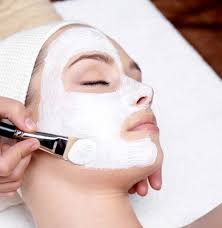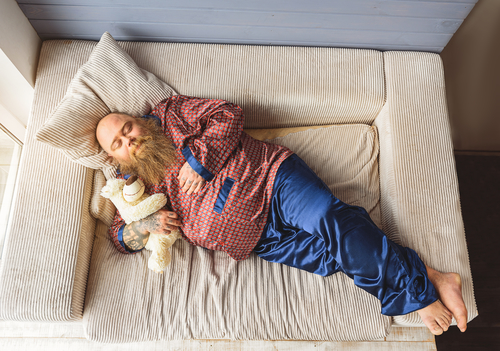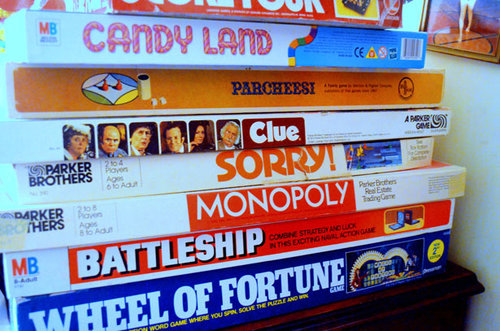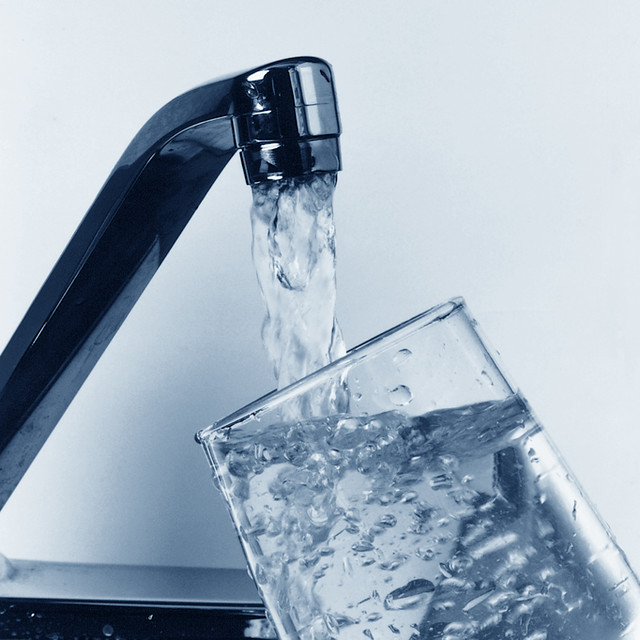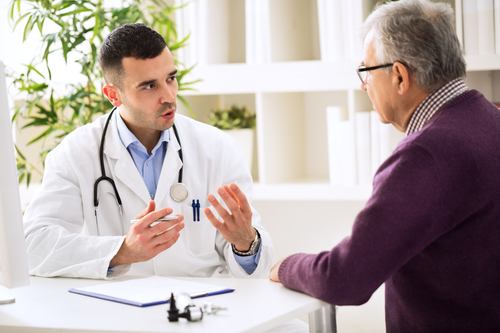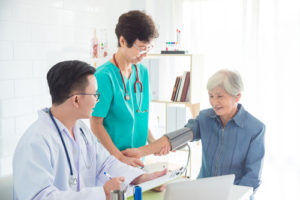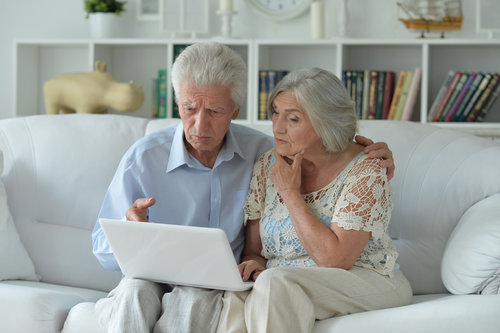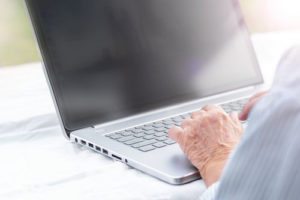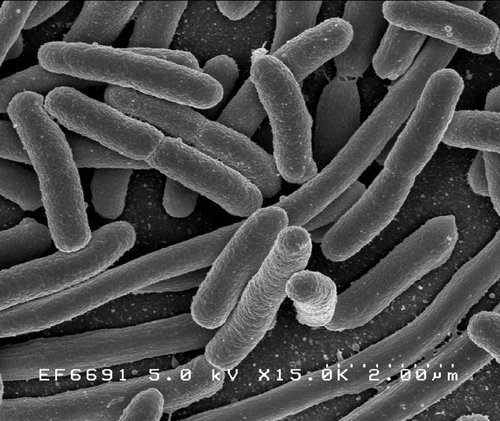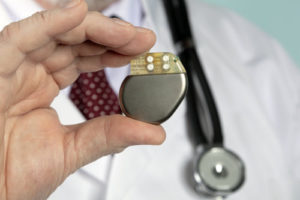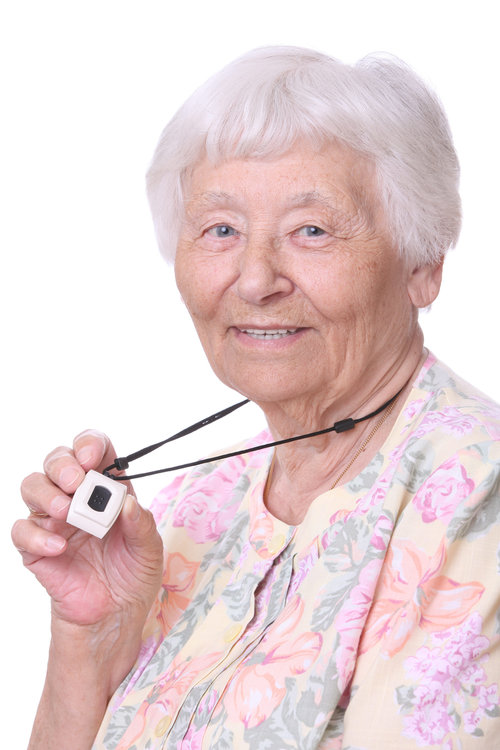
Having the right personal medical alert device can be a matter of life and death. Having a way to call for help in the palm of your hand is essential for an emergency. The problem is there are a lot of devices out there, and not all of them are of quality.
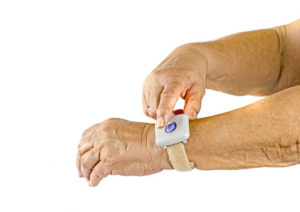
How to Choose a Personal Medical Alert Device
Personal medical alert devices come in different forms. Some are better suited than others, depending on your needs. While having a separate device may seem annoying, you can’t necessarily rely on smartphones for help. You may not have it on you all the time, unlike something you wear.
Three Important Questions to Ask
Home or Mobile System?
Orginal alert devices were made to work in your home with a landline telephone. While the way of landlines is fading fast, you can still choose to use this type of device. Many companies use cellular networks instead of landlines. You would wear a call button that would let you talk to a dispatcher through the base unit installed in your home.
Mobile systems are rising in popularity due to the freedom they give users. They use cell networks and GPS technology to help locate you and alert dispatchers. GPS is helpful because if you press the button and can’t talk, people can find you.
So are you someone that doesn’t leave the house often, or are you always on the go? That will be the ultimate deciding factor between these two styles.
Do You Want Your System Be Monitored or Not?
What’s the difference between a system that’s monitored and one that isn’t? Monitored systems immediately connect you to someone in a 24/7 dispatch center. A non-monitored system would connect to you to someone on your emergency contact list. Some non-monitored systems can connect you to different people and then emergency services if you don’t get any answers from your loved ones.
Another big difference is the price. Monitored systems have a monthly fee on top of the original price to buy them. Un-monitored devices usually have the cost of the product itself.
Do You Need a Fall Detection Feature?
Some companies have the option of adding fall detection for an additional fee. With this feature, the device will call the dispatch center if it senses a fall.
Though, the technology isn’t perfected yet, leading to a lot of false alarms.
Other Things You Can Check
Once you answer these questions, there are more ways to narrow your search. Try checking return policies, see if you can get a deal, look at reviews, and see if you can get a free trial to test it out.
Read more here.



